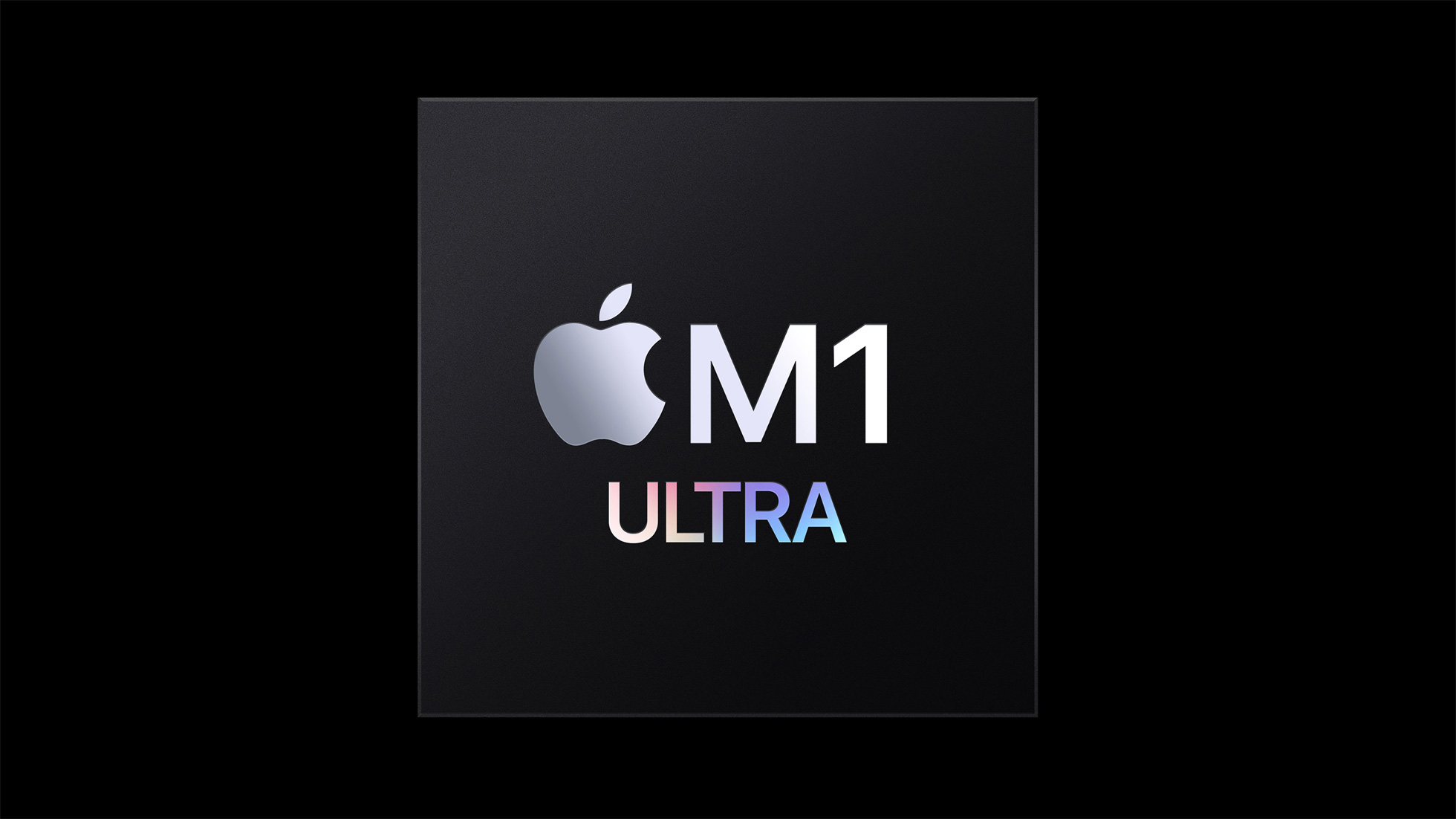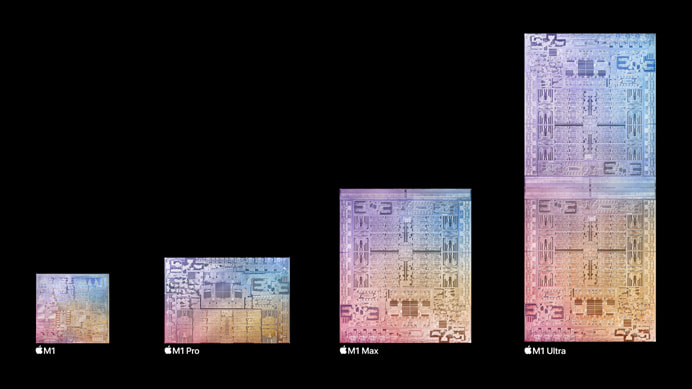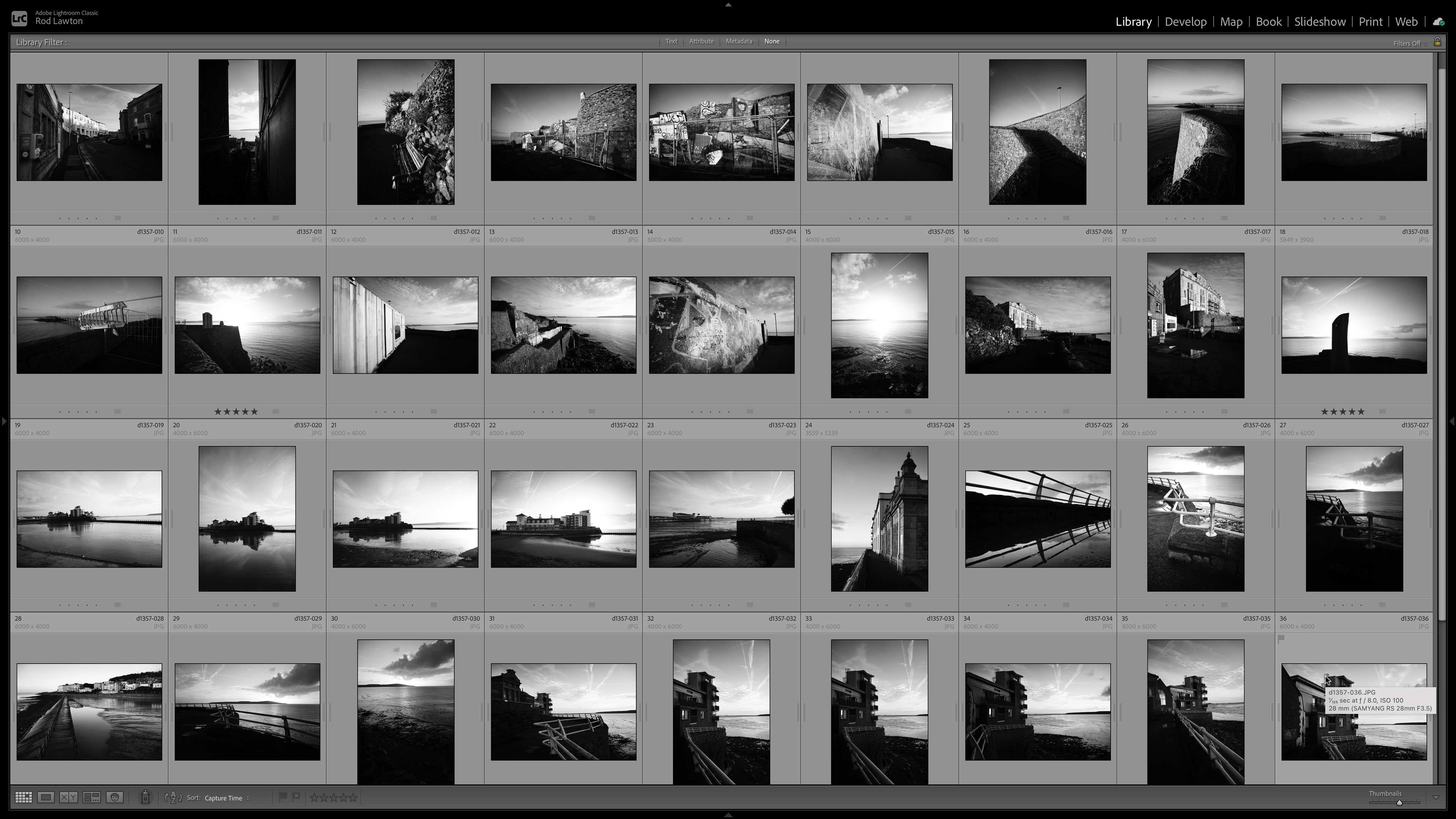Apple's new M1 Ultra chip explained: world's most powerful personal chip
Learn about Apple's most powerful, world beating personal computer chip, the M1 Ultra

Apple has announced a brand new chip to rival its current models and its competitors, the M1 Ultra, this is the next giant leap for Apple silicon and the Mac.
Featuring UltraFusion, Apple’s innovative packaging architecture that interconnects the die of two M1 Max chips to create a system on a chip (SoC) with unprecedented levels of performance and capabilities. The M1 Ultra delivers breath-taking computing power to the new Mac Studio while maintaining industry-leading performance per watt.
The new SoC consists of 114 billion transistors, the most ever in a personal computer chip. M1 Ultra can be configured with up to 128GB of high-bandwidth, low-latency unified memory that can be accessed by the 20-core CPU, 64-core GPU, and 32-core Neural Engine, providing astonishing performance for developers compiling code, artists working in huge 3D environments that were previously impossible to render, and video professionals who can transcode video to ProRes up to 5.6x faster than with a 28-core Mac Pro with Afterburner.
Groundbreaking UltraFusion architecture
The foundation for M1 Ultra is the extremely powerful and power-efficient M1 Max. To build M1 Ultra, the die of two M1 Max ships are connected using UltraFusion, Apple’s custom-built packaging architecture. The most common way to scale performance is to connect two chips through a motherboard, which typically brings significant trade-offs, including increased latency, reduced bandwidth, and increased power consumption.
However, Apple’s innovative UltraFusion technology uses a silicon interposer that connects the chips across more than 10,000 signals, providing a massive 2.5TB/s of low latency, inter-processor bandwidth- that's more than 4x the bandwidth of the leading multi-chip interconnect technology on the market today...
This enables the M1 Ultra chip to behave and be recognised by software as one single chip, so developers don’t need to rewrite code to take advantage of its performance. There’s never been anything like it.
The best camera deals, reviews, product advice, and unmissable photography news, direct to your inbox!
Unprecedented Performance and Power Efficiency
M1 Ultra features an extraordinarily powerful 20-core CPU with 16 high-performance cores and four high-efficiency cores. It delivers 90 percent higher multi-threaded performance than the fastest available 16-core PC desktop chip in the same power envelope. Additionally, M1 Ultra reaches the PC chip’s peak performance using 100 fewer watts. That astounding efficiency means less energy is consumed and fans run quietly, even as apps like Logic Pro rip through demanding workflows, such as processing massive amounts of virtual instruments, audio plug-ins, and effects.
For the most graphics-intensive needs, like 3D rendering and complex image processing, M1 Ultra has a 64-core GPU, 8x the size of M1 delivering faster performance than even the highest-end PC GPU available while using 200 fewer watts of power - its quite frankly an incredible bit of engineering.

For nearly two decades Sebastian's work has been published internationally. Originally specializing in Equestrianism, his visuals have been used by the leading names in the equestrian industry such as The Fédération Equestre Internationale (FEI), The Jockey Club, Horse & Hound, and many more for various advertising campaigns, books, and pre/post-event highlights.
He is a Fellow of the Royal Society of Arts, holds a Foundation Degree in Equitation Science, and holds a Master of Arts in Publishing. He is a member of Nikon NPS and has been a Nikon user since his film days using a Nikon F5. He saw the digital transition with Nikon's D series cameras and is still, to this day, the youngest member to be elected into BEWA, the British Equestrian Writers' Association.
He is familiar with and shows great interest in 35mm, medium, and large-format photography, using products by Leica, Phase One, Hasselblad, Alpa, and Sinar. Sebastian has also used many cinema cameras from Sony, RED, ARRI, and everything in between. He now spends his spare time using his trusted Leica M-E or Leica M2, shooting Street/Documentary photography as he sees it, usually in Black and White.

